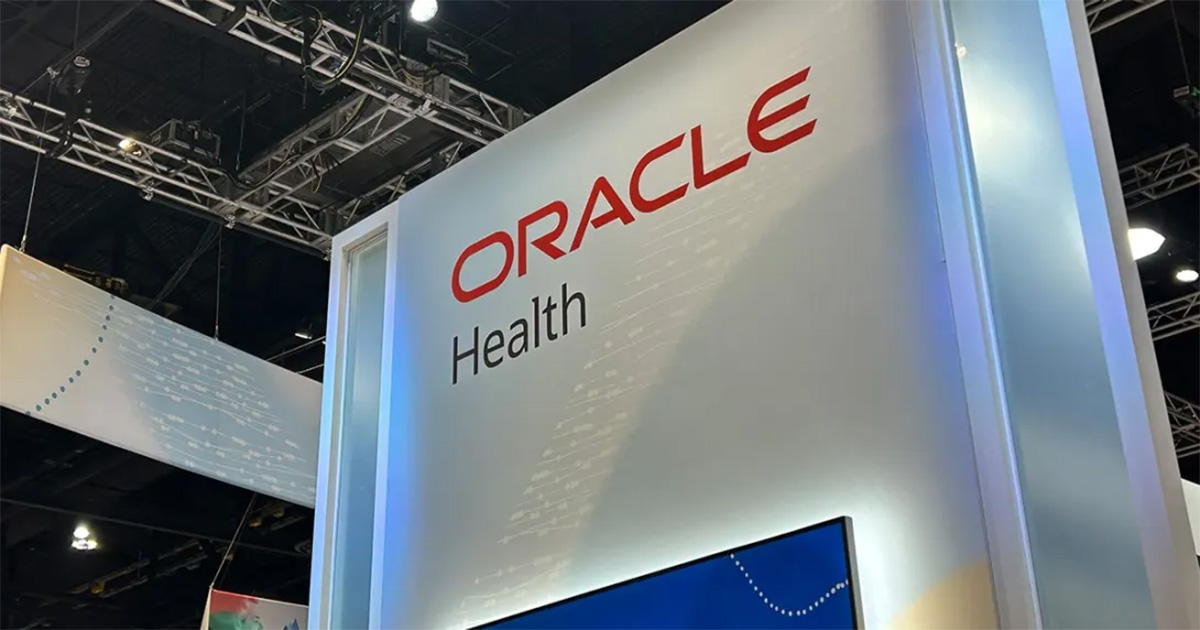IT enterprises must respond rapidly to queries and be in a position to take action based on data and information that are accurate, understandable and timely. This demand extends to all areas of professional and personal use including the health environment.
Consider the instance of the acute patient in need of treatment outside of her provider network whose medical history is contained in numerous disparate systems. Think, too, of the consumer simply trying to make a decision on buying a healthcare product online and making comparisons. In both examples, the end user requires actionable, comprehensible, correct and current information. A failure in any area may ultimately result in poor decision making, possibly with life-or-death ramifications.
Users must have the capability to request data from any system that houses needed information — even if stored in formats that the host system never anticipated — and receive them in a manner that integrates properly with that host system. Historically, a user in either scenario described above would be challenged to determine where the required data were stored and how to access, translate and integrate them with other data being collected.
But as Albert Einstein so aptly put it, in today’s world one must “know where to find information and how to use it – that’s the secret of success.”
[Q&A: HHS CTO Bryan Sivak on disrupting government culture.]
Information superiority — the state of having access to more types of information and being able to process it quickly and efficiently — can mean the difference between profit and loss or even life and death. A critical challenge in achieving superiority is removing the requirement to know where the information is and how to access it. Then, the focus becomes empowering the information consumer vis-à-vis the “how to use it” portion of Einstein’s quote. Enabling users to satisfy their information needs through a single source that interoperates with other systems and data sources eliminates the requirement to know where the data are and how to access, translate and integrate them with current sets of data and information. In this way, information consumers or analysts can focus exclusively on their function: using the data to make decisions and take action. In addition, interoperability significantly reduces the time required to take action.
Yet, we live in a world where every day thousands of information systems around the world capture data in many forms. A majority of these systems were built to serve a specific purpose for a unique organization with no intention of ever sharing outside that entity — and oftentimes not even within that organization.
Thus, the challenges associated with collecting, sharing and interoperating across and within organizations and enterprises in an effective and economical way are significant. However, allowing information exchange among systems and adopting a broader perspective on potential consumers of “our” information underlie the development of an information enterprise, a construct critical to our nation’s future. Within the realms of defense, homeland security and law enforcement, the information enterprise concept is vital to achieving the information superiority necessary to mitigate enemy threats in our post-9/11 world and help thwart events like the Boston bombing incident.
The same is true in healthcare. Big data offers untold ways to advance healthcare delivery and policy. For example, analyzing treatment regimens and outcomes in healthcare databases can help us discern optimal treatment protocols for hundreds of medical conditions. Then, too, interoperability opens the door to immediate access to an individual’s complete health record, a capability that could literally mean the difference between life and death in emergent situations.
Information interoperability economically addresses the technological barriers preventing information exchange between potential consumers of information. The concept recognizes the system-level problems that different formats, meanings and standards present, as well as the issues associated with varying degrees of data quality and concerns related to privacy, security and confidentiality.
In the past, organizations have looked to “hard wired” or brittle solutions to achieve interoperability. Unfortunately, such approaches do not readily adjust to any change made by a partner in the information-sharing structure. Information interoperability is best achieved through neutral data models and Web 2.0 technology that supports semantic mediation. Neutral models offer a taxonomy that users can map into to define terms. They bridge the gap and allow two organizations that “speak different languages” to exchange information with each other, confident that both parties are communicating equivalent information.
[See also: Is ICD-10 triggering an IT vendor conundrum?]
There are many neutral models available. One is the National Information Exchange Model (NIEM), which many law enforcement, defense and homeland security entities employ for their interoperability purposes. As reported in a Government Health IT news item (February 25, 2010), NIEM also is helping local, state and federal government healthcare systems talk to one another as well.
Beyond letting go of territorial mindsets, some other steps that lay the foundation for information sharing and allow full exploitation of the vast healthcare data resources available to us include:
- Avoiding single-purpose solutions: While the temptation to build a solitary pipeline between systems of interest is great, every interface comes at a cost. It is expensive to design, build and maintain each unique solution. Even minor changes can mandate a redesign, and these costs can be significant. In today’s environment of budget cuts and sequestration, cost is a major concern. Interoperability solutions relying on neutral models minimize expenses, allowing government to do more with less. More important, they support greater communication and wider information sharing.
- Allowing operational language autonomy: Attempts to implement universal languages, such as the metric system, have rarely met with success. Forcing conformity creates resistance and often results in inefficiencies, such as requiring an organization to re-learn entire processes. Allowing entities autonomy in the language they use allows them to retain their identity, eliminate training requirements and avoid the delays created by transitioning to a common language.
- Adopting a global perspective: While it is still true that information is power, territorial mindsets and possessive attitudes may actually create weakness rather than contribute to strength. Building an information enterprise requires a global perspective, understanding not just what information I produce, but also thinking outside the box and identifying other consumers that might benefit from this information. Of course, security regulations and the law largely determine what can and cannot be shared. However, interoperability models recognize these limitations and control for them. Rather than focusing on what is relinquished in order to build an information enterprise, look at what is gained. One entity rarely can satisfy all of its information requirements alone. An information enterprise allows an organization to satisfy deficits, perhaps even unrecognized ones, through other information sharers.
- Selecting an appropriate neutral model: There are universal models available containing taxonomies of information for virtually every subject. Of course, adopting one model does raise concerns similar to those discussed in #2 above. NIEM is but one national information exchange model available. Highly federated and distributed organizations might even consider developing their own neutral model.
- Mapping to specific elements: As sharing partnerships evolve, it is important to understand how each organization collects information and the differences that exist. Areas lacking direct alignment with the neutral model must be identified, as they could create informational holds. Similarly, many elements in the neutral element may not pertain to an organization. If that entity only maps into pertinent elements, opportunities for equivalent sharing diminish and “pockets of non-information” exist. Strategies for dealing with such contingencies should be developed.
- Being mindful of legal and security mandates: Individual pieces of information may be unclassified or not subject to privacy considerations on their own, yet in combination could be considered classified or confidential. It is important to be mindful of how combinations of elements might change parameters. Remember, too, that the information superiority that allows us to make better decisions and imparts greater knowledge can also be used against us, should unauthorized persons gain access to information unwittingly. This fact must be remembered at all times. Also, it is important to understand that different organizations may apply stricter standards when it comes to determining what is and is not classified, private or confidential. So, when attempting to share information subject to varying classification methodologies, arrangements must be made in advance.
Sharing information in a dynamic environment is a tremendous challenge, but a necessary next step. Neutral models present both a technique and a technology for comparable information exchange that overcome the drawbacks of single-purpose pipes. Adhering to these concepts in the pursuit of information interoperability will allow us to create a true information enterprise and maintain that information superiority for which America is known.
Jeffrey Edgell is chief technologist at DHA Group, Inc, a management consulting and contracting firm serving federal civilian and defense agencies. Jeff possesses 27 years of information technology experience involving major multi-million dollar projects in both commercial and government settings, as well as an extensive background presenting and teaching on information technology and project management topics. Contact Jeff at Jeffrey.edgell@dha-inc.com.
Related:
Hospital HIE grows more on some branches than others
CMS, Mostashari lay out HIE long view
ONC's Blair says public-private HIE 'incredibly disruptive'


